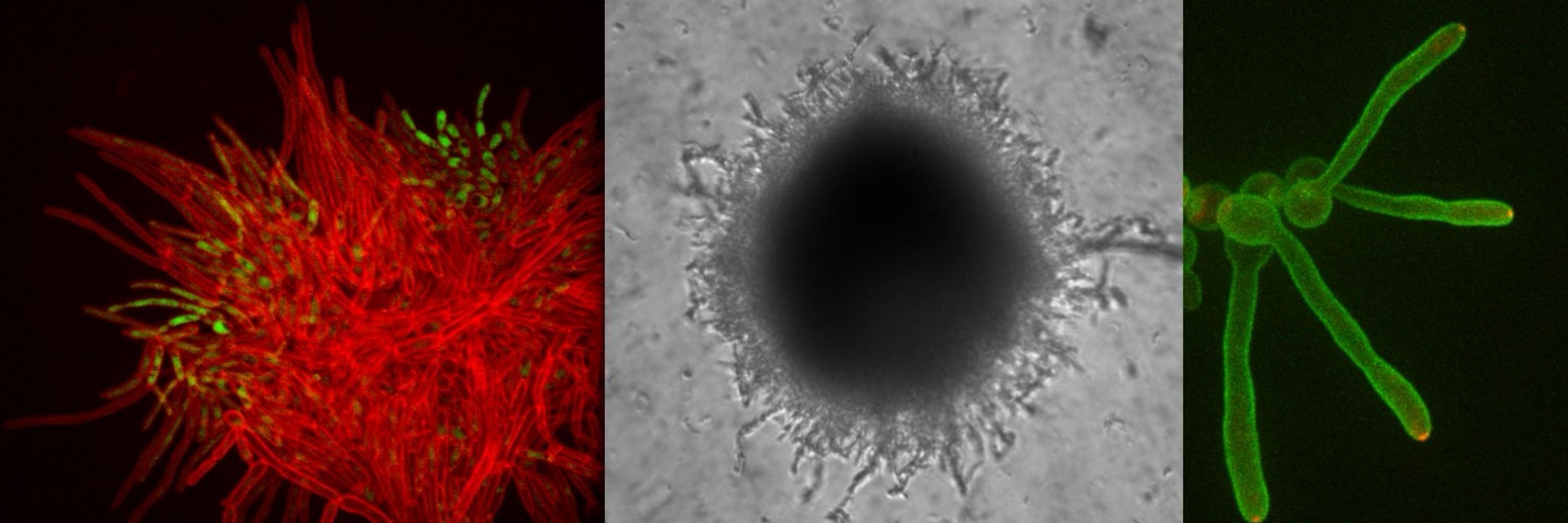
Such a cool method visualization of spatial temporal patterns
See their paper on AMslide:
onlinelibrary.wiley.com/doi/full/10....
#KNVMmycology

Such a cool method visualization of spatial temporal patterns
See their paper on AMslide:
onlinelibrary.wiley.com/doi/full/10....
#KNVMmycology
To answer your questions: Q1) I haven't look into it in detail, but check this very interesting work pubmed.ncbi.nlm.nih.gov/37740366/ in yeast; not immobilised but confined and under pressure, from @delarueresearch.bsky.social

To answer your questions: Q1) I haven't look into it in detail, but check this very interesting work pubmed.ncbi.nlm.nih.gov/37740366/ in yeast; not immobilised but confined and under pressure, from @delarueresearch.bsky.social
biorxiv.org/content/10.1...
#Science #Microbiology #CellBiology
@biorxivpreprint.bsky.social, really cool use of technology! The AI summary is surprisingly good! (11/11)
@biorxivpreprint.bsky.social, really cool use of technology! The AI summary is surprisingly good! (11/11)
@robertarkowitz.bsky.social (9/11)
@robertarkowitz.bsky.social (9/11)









